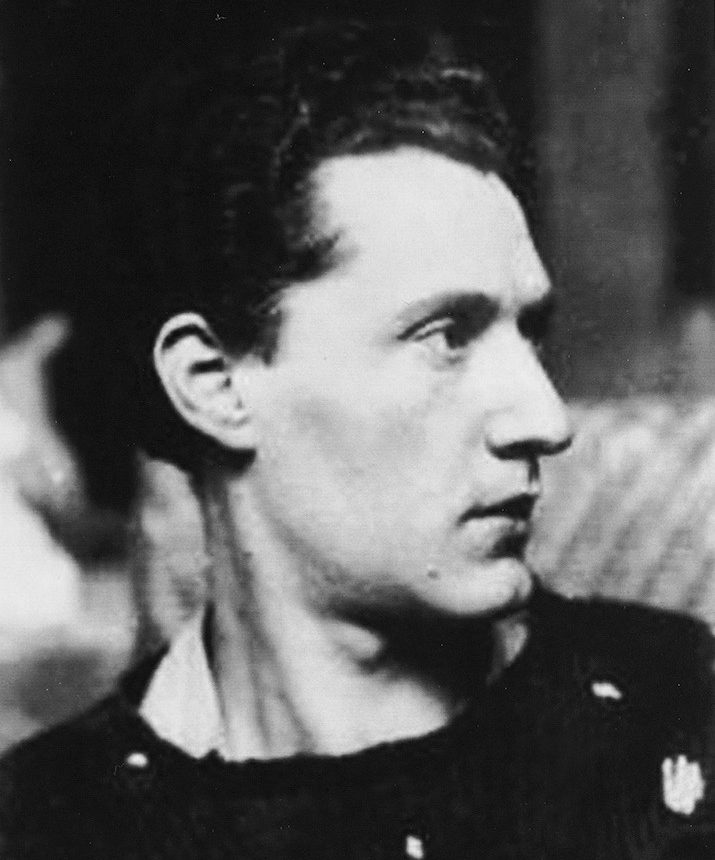Oscar MIESTCHANINOFF
January 5, 2019Chana ORLOFF
January 5, 2019Elie NADELMAN
WARSAW 1882 – NEW YORK 1946
Elie Nadelman was born into a large middle-class family, which encouraged him to study art and music from a very young age. His father worked as a jeweler. He studied at the Academy of Fine Arts in Warsaw from 1899 to 1901. In 1902, he moved to Munich and visited the Glyptothek, where he took a special interest in Ancient Greek sculptures. He earned his living by producing satirical drawings.
Nadelman arrived in Paris in 1904 and mixed with the avant-garde. He enrolled in the Académie Colarossi and lived in avenue du Maine in Montparnasse. Gertrude Setin wrote a poem entitled “Elie Nadelman.” He exhibited his work at the Société des Artistes Indépendants and at the Salon d’Automne from 1905 to 1908. The Galerie Druet organized his first solo exhibition in 1909. Leo Stein, who had introduced Picasso to Nadelman the previous year, bought several works. Nadelman also made friends with Apollinaire, Brancusi, and Mondrian. In 1911, the Patterson Gallery organized an exhibition of his sculptures in London. The collector Helena Rubinstein bought all the works and became his patron. She commissioned him to produce statues and bas-reliefs for her house in London. He won international recognition following his second solo exhibition in Paris and his participation in the Armory Show in 1913. Shortly after the declaration of war in 1914, Nadelman moved to the United States with the help of Helena Rubinstein. He acquired American nationality in 1927. He was supported by important people in the art world, such as Alfred Stieglitz and Bernard Berenson, who helped promote his art.
In 1920, he married Viola Flannery, a rich heiress. Together, they collected folk art and set up the Museum of Folk and Peasant Arts in Riverdale in 1925. The Crash of 1929 ruined Nadelman and his wife financially and morally. In 1937, they sold their museum collection to the New York Historical Society. Nadelman withdrew from society and obstinately refused to exhibit his work. His last solo exhibition took place at the Galerie Bernheim- Jeune in Paris in 1930. Five years later, the workers who were remodeling his studio destroyed many plaster sculptures and woodcuts. Nadelman stored the pre-1935 works in the cellar of his house in Riverdale, where they disintegrated.
In 1946, Elie Nadelman died in debt, sad and depressed. Following his death, numerous small terracotta figurines were found in his studio. His sculpture Man in the Open Air was restored and exhibited in a retrospective at the MOMA.
Stories of Jewish Artists of the School of Paris 1905-1939
FRENCH-ENGLISH
Capitale des arts, le Paris des années 1905-1939 attire les artistes du monde entier. De cette période de foisonnement, un terme est resté, celui d'Ecole de Paris, qui recouvre une grande diversité d'expression artistique. Dans ce brassage dont Montparnasse est le creuset, un groupe se distingue : celui des artistes juifs venus de Russie, de Pologne et d'Europe centrale. Si leurs styles sont variés, un destin commun les rassemble : ils fuient l'antisémitisme de leur pays d'origine. Certains ont connu la célébrité dès les années 1920, tels Soutine, Lipchitz ou Chagall. D'autres n'ont pas eu le temps ou la chance d'y accéder. Près de la moitié a péri dans les camps de concentration nazis.
From 1905 to 1939, Paris attracted artists from all over the globe as the capital of the art world. This period of artistic proliferation became known as the School of Paris, and includes a great diversity of artistic expression. Within the teeming art world centred on Montparnasse, one group set itself apart: Jewish artists from Russia, Poland, and Central Europe. Although their styles were diverse, they shared the common fate of fleeing anti-Semitic persecutions in their home countries. Some became famous in the 1920s, such as Soutine, Lipchitz, and Chagall, while others did not have the time or the luck to gain renown. Nearly half of these artists died in Nazi concentration camps.





